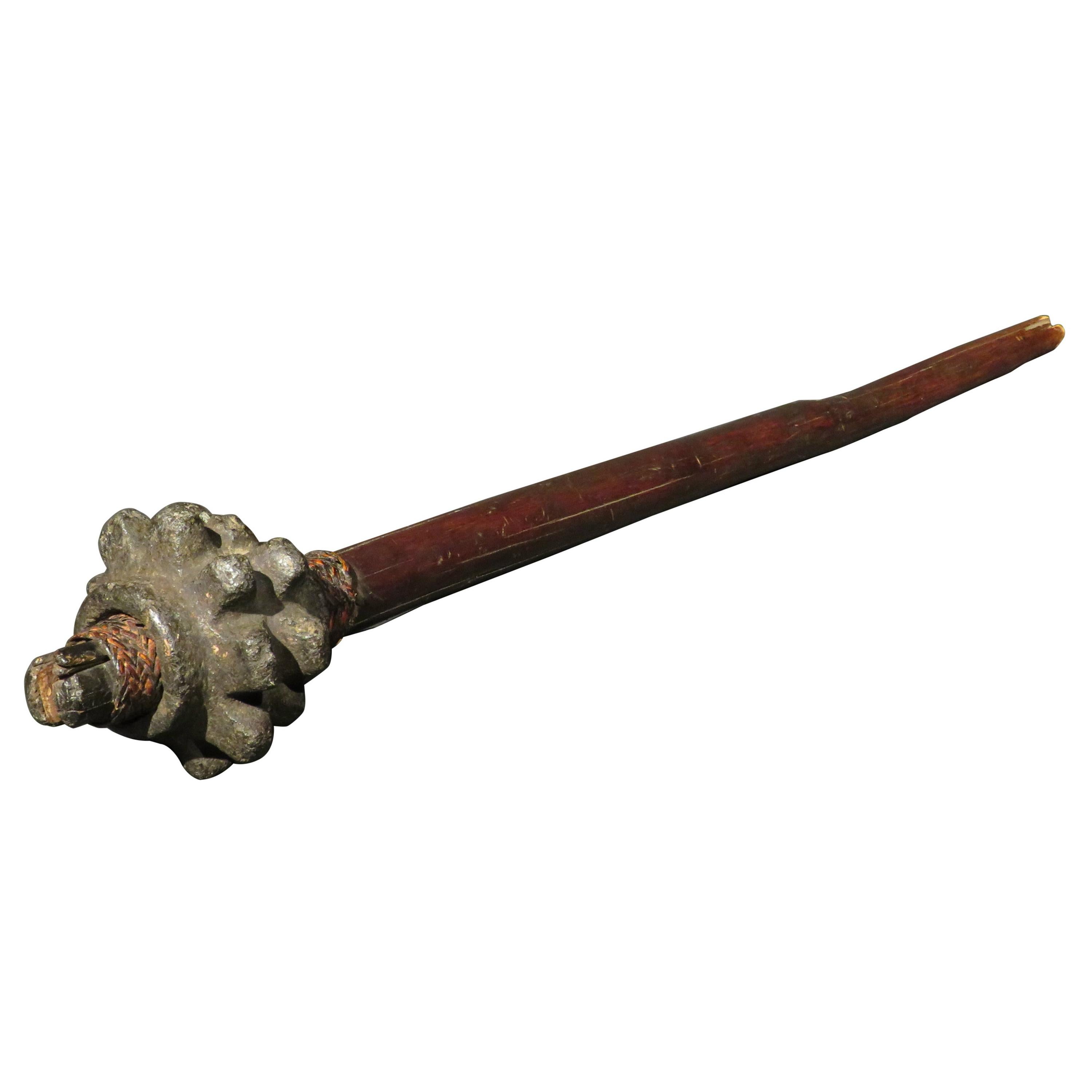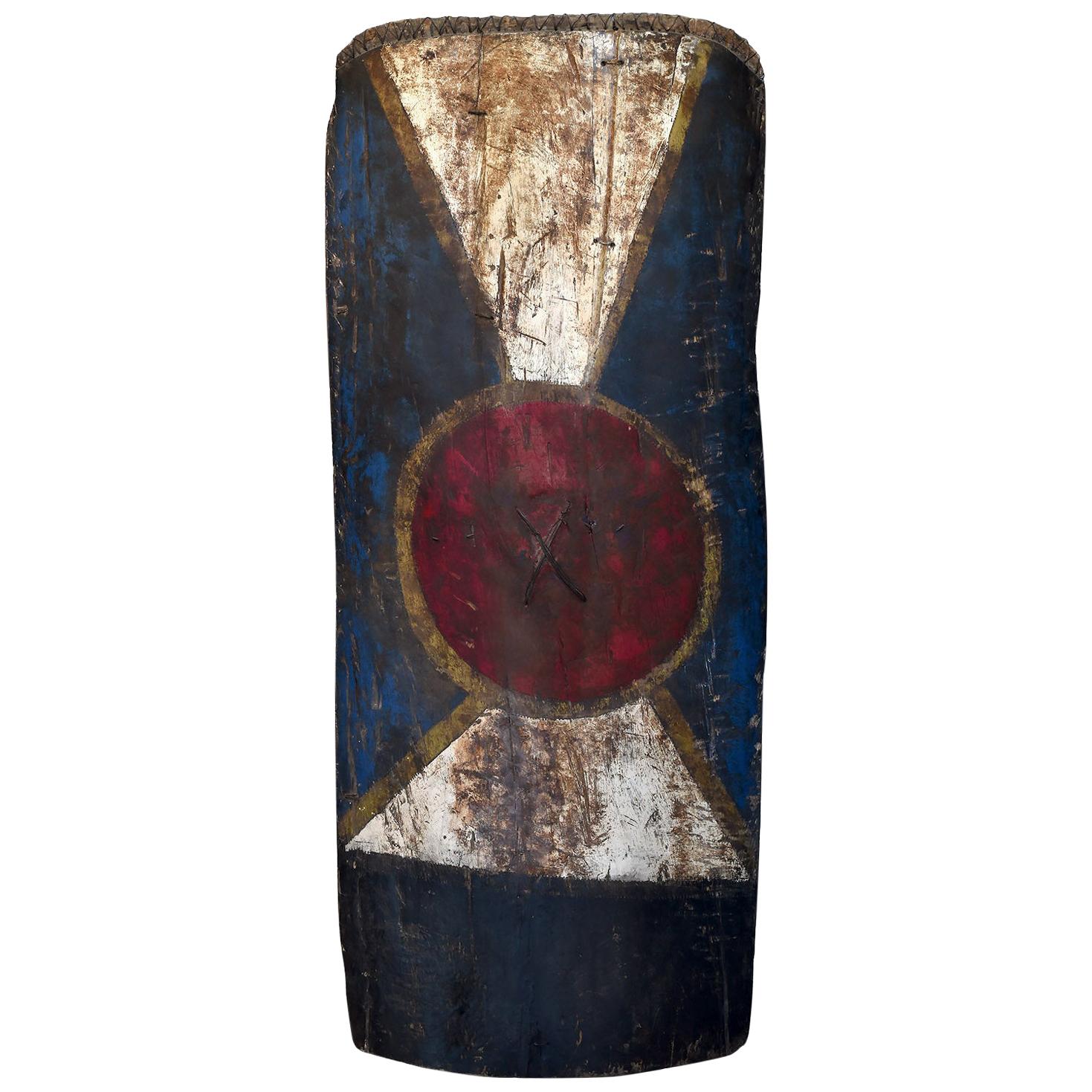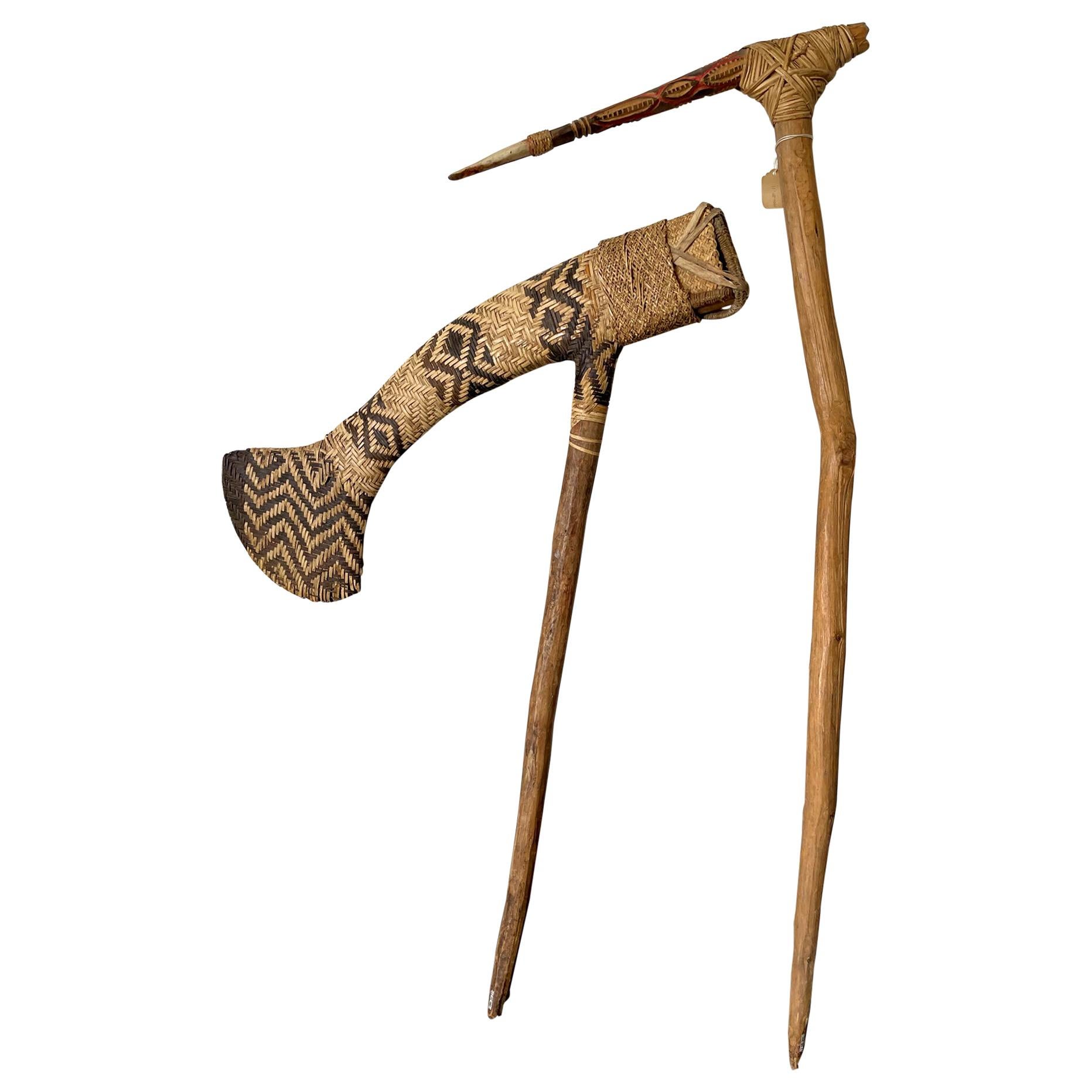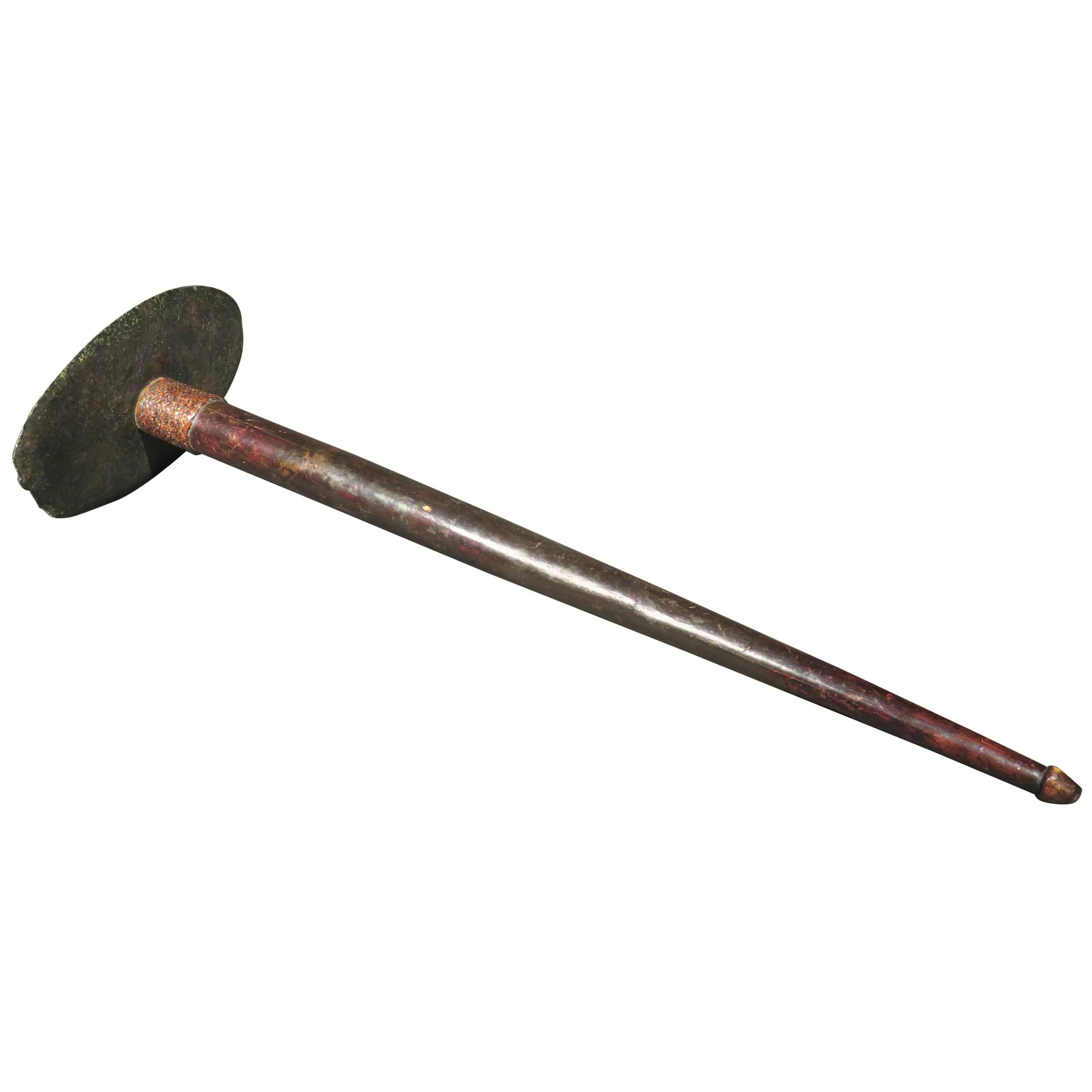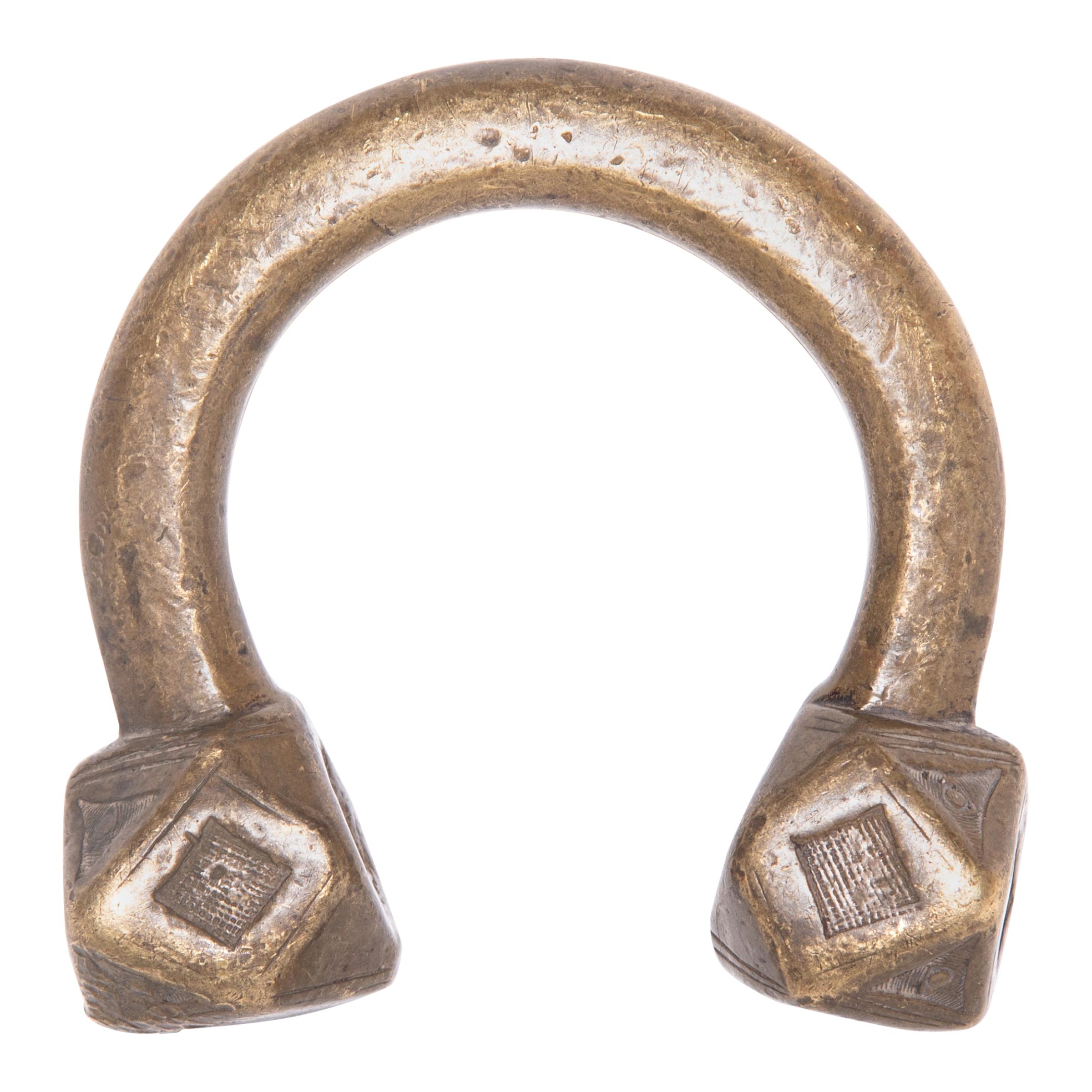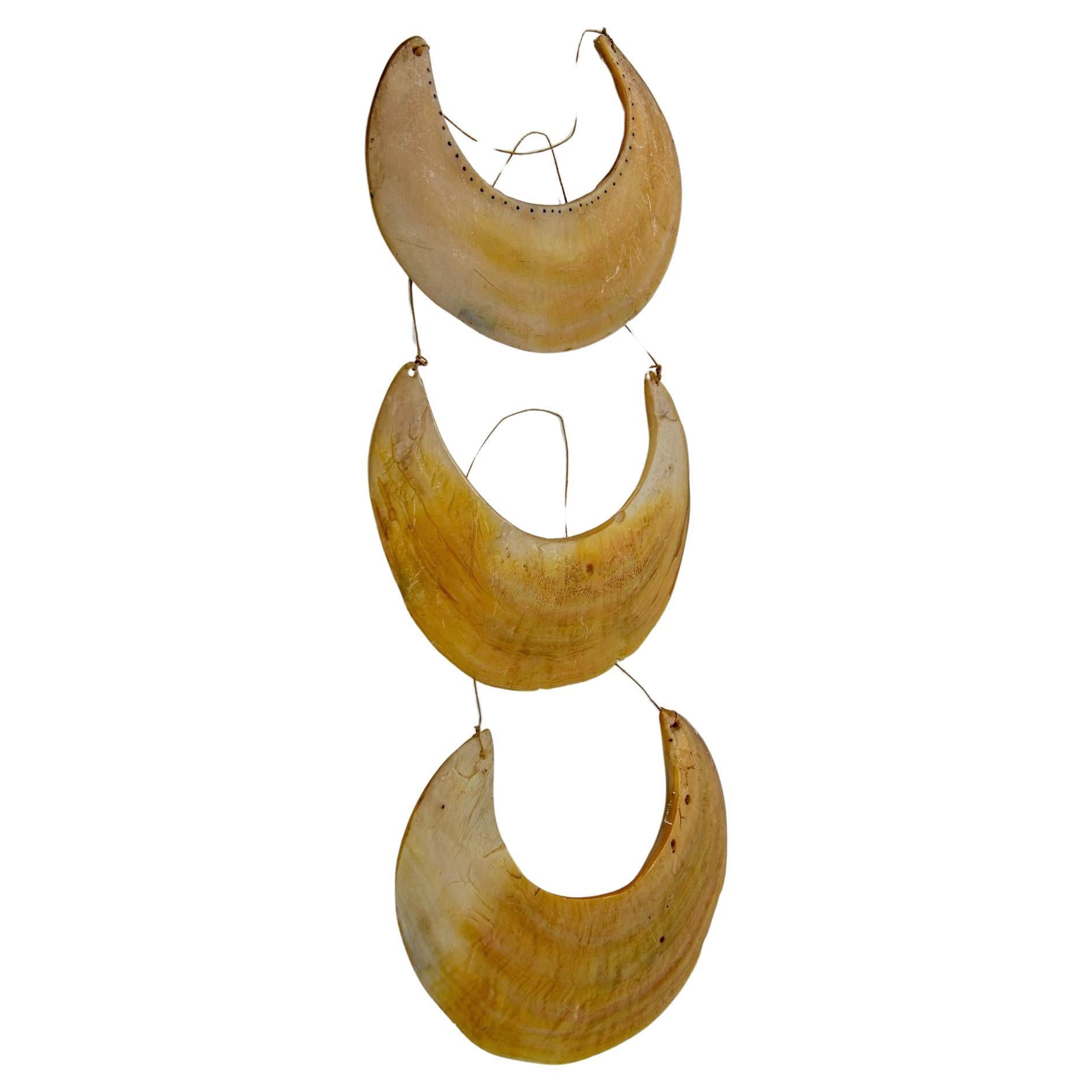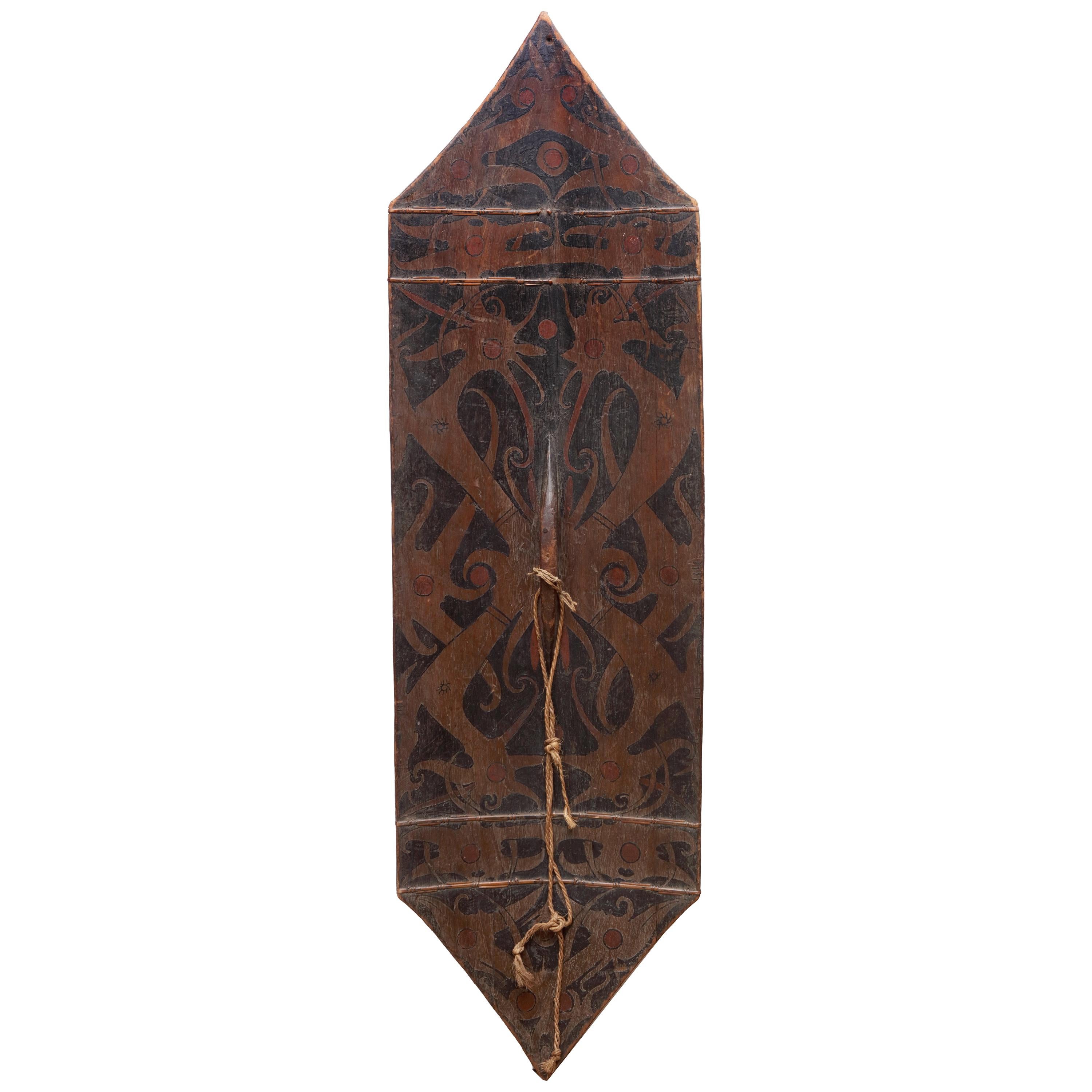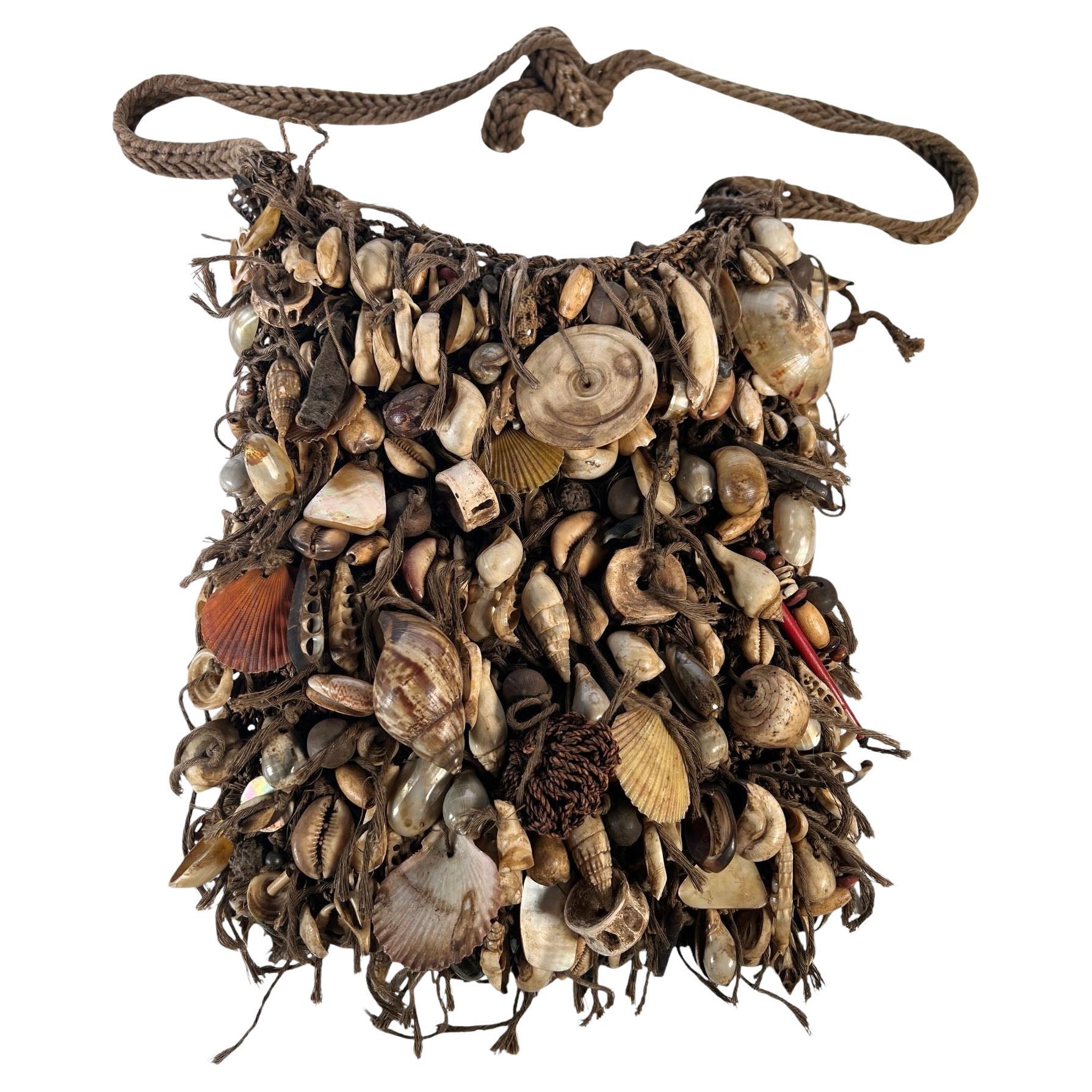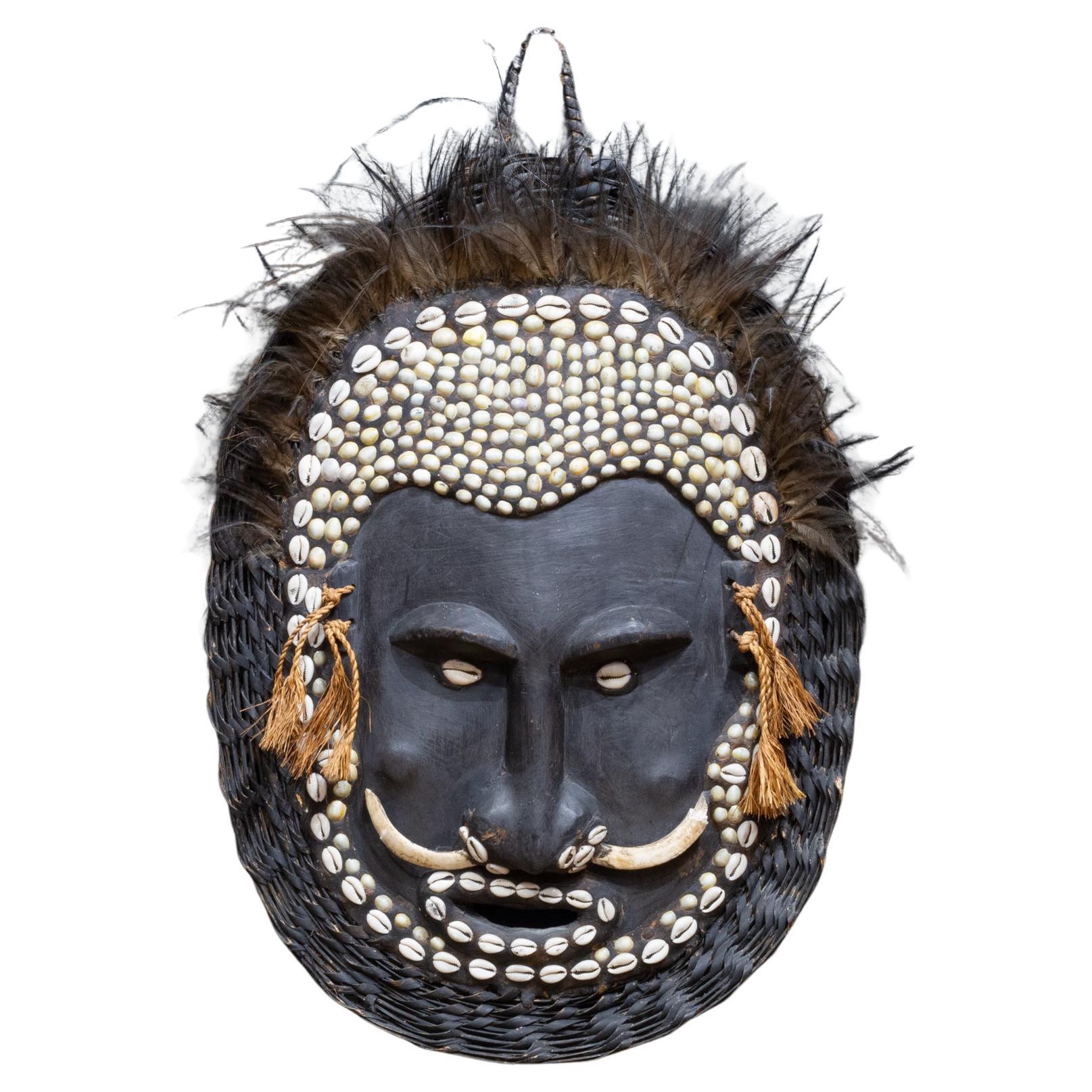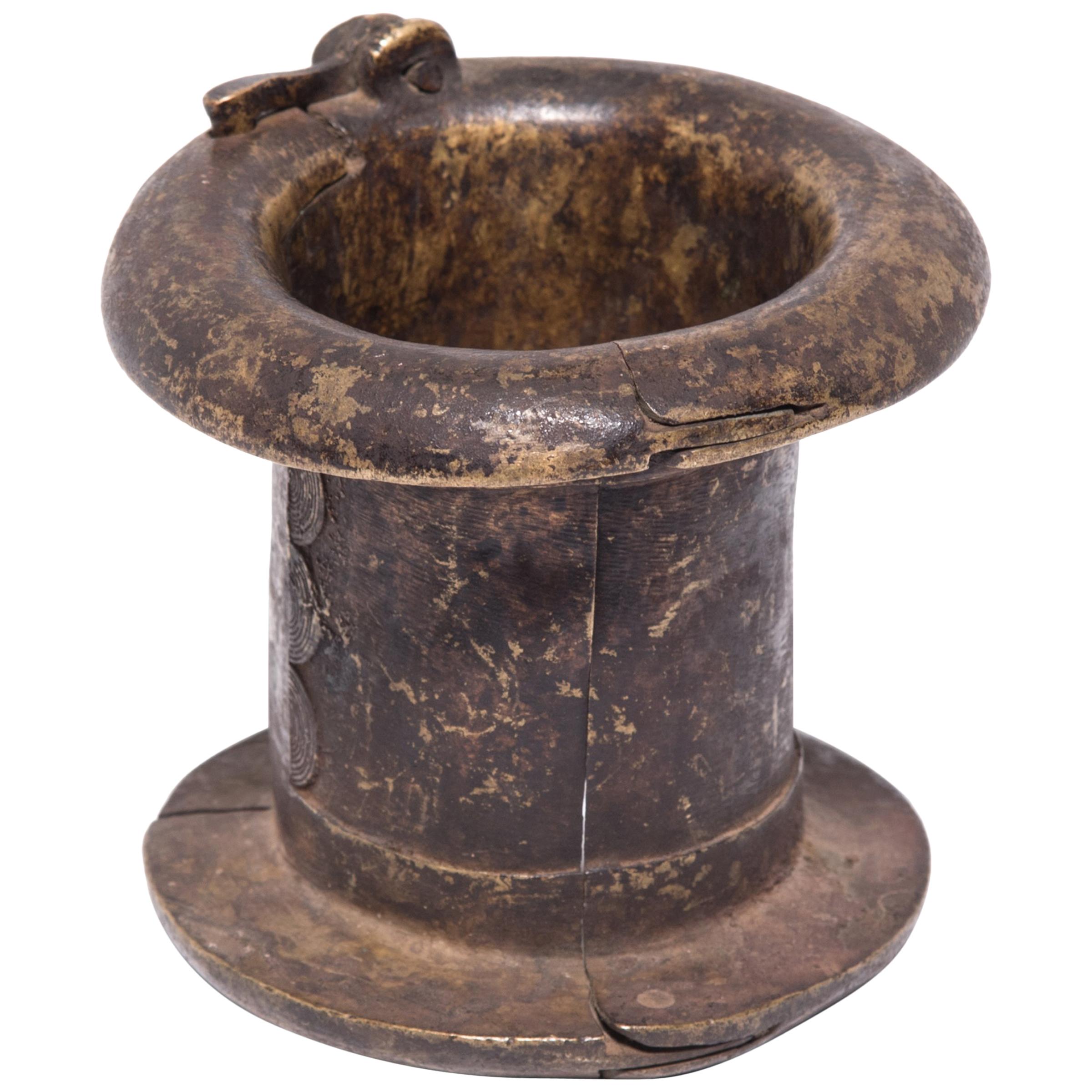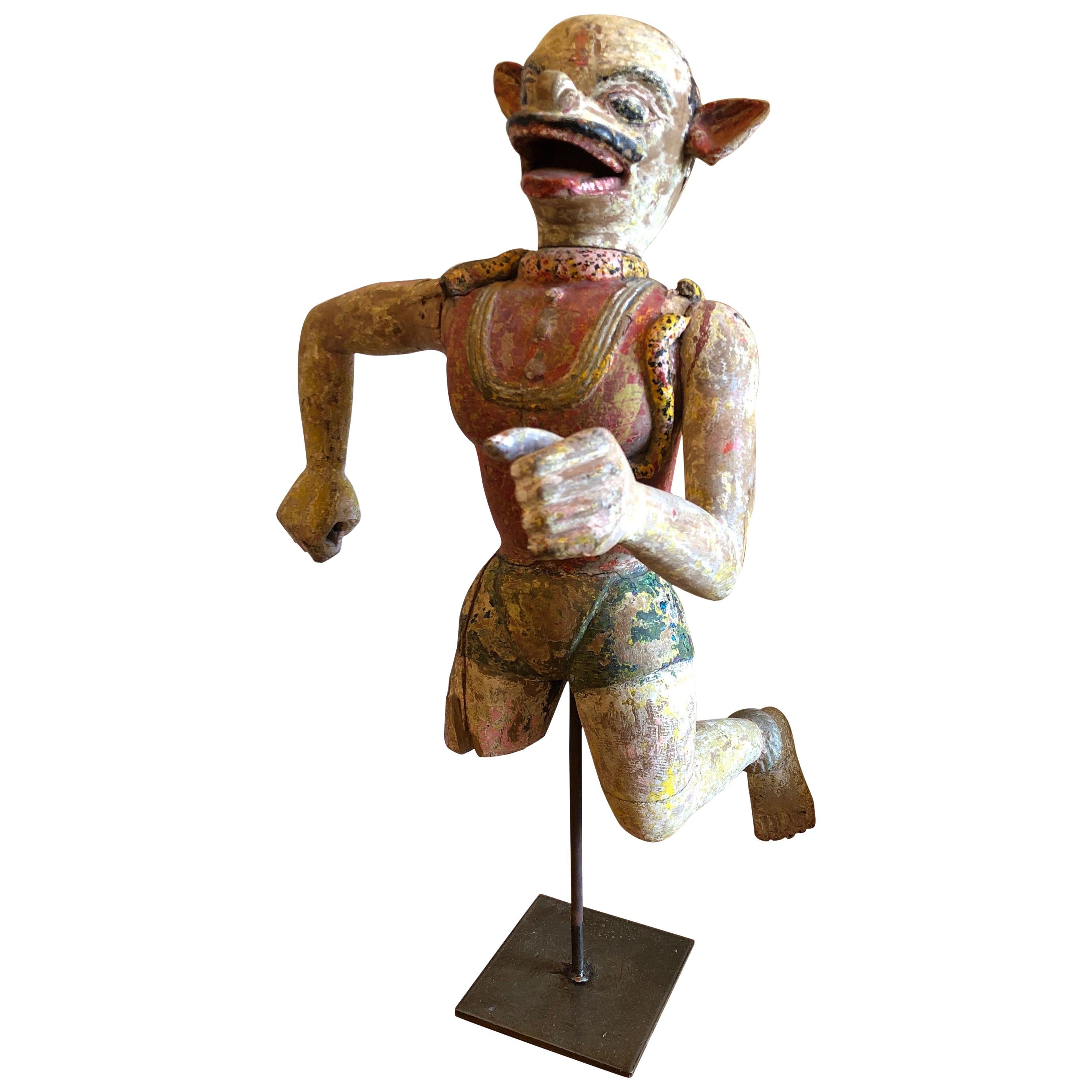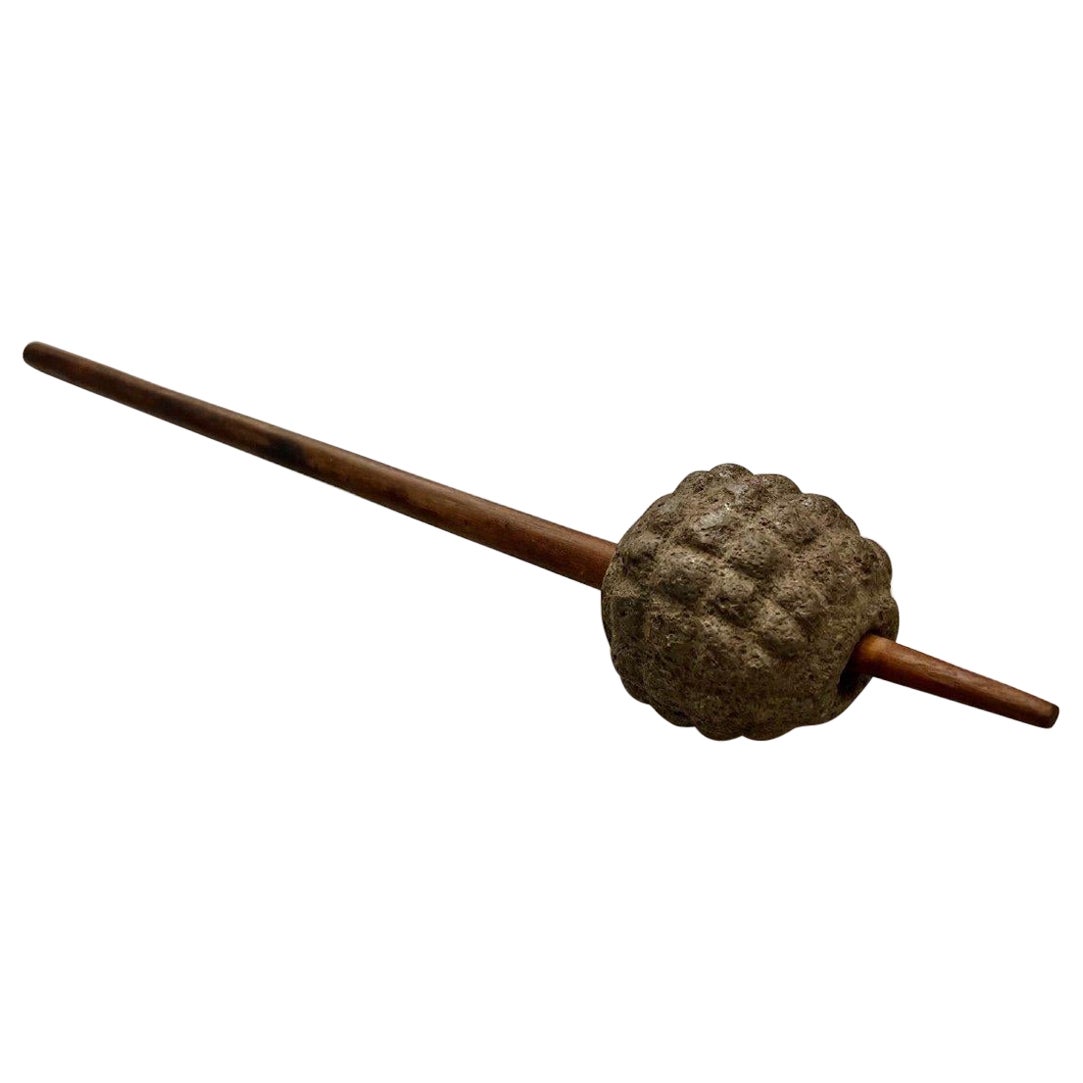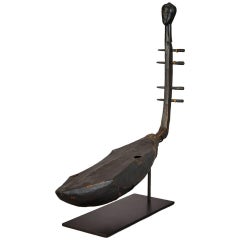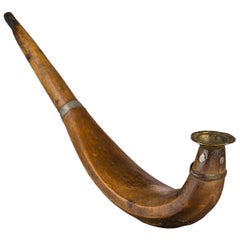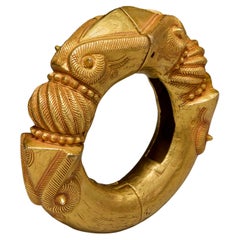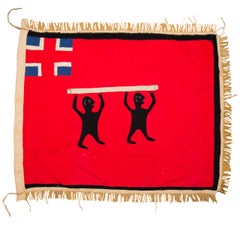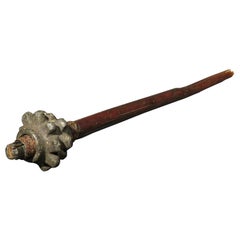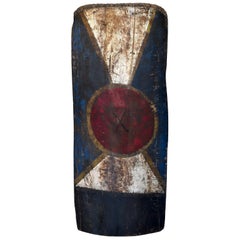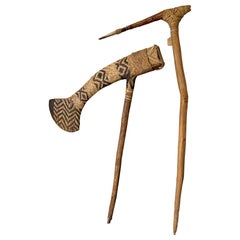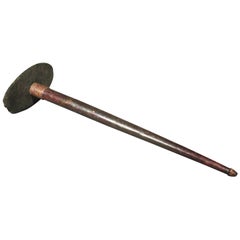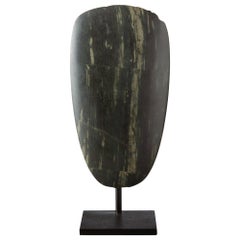
19th Century Tribal Papua New Guinea Stone Celt 'Currency Axe'
View Similar Items
Want more images or videos?
Request additional images or videos from the seller
1 of 3
19th Century Tribal Papua New Guinea Stone Celt 'Currency Axe'
About the Item
- Dimensions:Height: 7.25 in (18.42 cm)Width: 4 in (10.16 cm)Depth: 0.25 in (6.35 mm)
- Style:Tribal (In the Style Of)
- Place of Origin:
- Period:
- Date of Manufacture:19th Century
- Condition:
- Seller Location:New York, NY
- Reference Number:1stDibs: LU104803988573
About the Seller
No Reviews Yet
Recognized Seller
These prestigious sellers are industry leaders and represent the highest echelon for item quality and design.
Established in 2008
1stDibs seller since 2014
28 sales on 1stDibs
Authenticity Guarantee
In the unlikely event there’s an issue with an item’s authenticity, contact us within 1 year for a full refund. DetailsMoney-Back Guarantee
If your item is not as described, is damaged in transit, or does not arrive, contact us within 7 days for a full refund. Details24-Hour Cancellation
You have a 24-hour grace period in which to reconsider your purchase, with no questions asked.Vetted Professional Sellers
Our world-class sellers must adhere to strict standards for service and quality, maintaining the integrity of our listings.Price-Match Guarantee
If you find that a seller listed the same item for a lower price elsewhere, we’ll match it.Trusted Global Delivery
Our best-in-class carrier network provides specialized shipping options worldwide, including custom delivery.More From This Seller
View AllRare Gabonese African Harp
Located in New York, NY
A rare figurative harp from made by the Vuvi or Tsogo people of Gabon. It is an instrument traditionally played by young men and boys. These rare instruments are well known for their...
Category
20th Century Gabonese Tribal Art
Materials
Wood
19th Century Siberian Eskimo Pipe, Alaska
Located in New York, NY
Siberian Eskimo people were introduced to tobacco in the 17th century, acquiring it from European traders in exchange for furs. Pipes based on European models, such as this example, ...
Category
Antique 19th Century Native American Objects
Materials
Wood, Leather, Hide
Rare Gold Ashanti Royal Bracelet from Jacaranda Tribal
Located in New York, NY
This magnificent gold bracelet was made for Ashanti royalty.
The Ashanti Kingdom's wealth was significantly based on gold-mining and trading in gold, as well as agriculture. The ki...
Category
Early 20th Century Ghanaian Tribal Art
Materials
Gold
20th Century Fante Asafo Flag, Ghana
Located in New York, NY
A large and graphically stunning Fante asafo flag.
Fante flags represent the merger of two cultural traditions, the Akan tradition of combining pro...
Category
Mid-20th Century Ghanaian Decorative Art
Materials
Fabric
Mid-20th Century Fante Asafo Flag, Ghana
Located in New York, NY
A large and graphically stunning asafo flag.
Fante flags represent the merger of two cultural traditions, the Akan tradition of combining proverbs with ...
Category
Mid-20th Century Ghanaian Tribal Art
African Lidded Vessel, Congo
Located in New York, NY
The Shi peoples are agriculturalists living on the shores of Lake Kivu in D.R. Congo. Artistically they are best known for their distinctively carved cups and pitchers...
Category
20th Century Congolese Tribal Art
Materials
Wood
You May Also Like
A Rare Papua New Guinea Kukukuku 'Pineapple' Stone War Club, Eastern Highlands
Located in Ottawa, Ontario
This rare antique Kukukuku (pronounced "cookah-cookah") war club is from the remote Morobe Province located within the Eastern Highlands of Papua New Guinea.
The head is carved from...
Category
Early 20th Century Papua New Guinean Tribal Arms, Armor and Weapons
Materials
Stone
Early 20th Century Shield, Wahgi Valley, Western Highlands, Papua New Guinea
Located in Point Richmond, CA
Early 20th Century Shield, Wahgi Valley, Western Highlands, Papua New Guinea
This large, post contact, shield is traditionally decorated in bold colors with a central circle. This ...
Category
Early 20th Century Papua New Guinean Other Tribal Art
Materials
Enamel, Wire
Two Ceremonial Weapon from Highlands of Papua New Guinea Provenance
Located in Atlanta, GA
Two Oceanic ceremonial weapons from PNG highlands circa 20th century. It consists of two pieces. The first is an ax with a wood shaft and a flat elongated he...
Category
Mid-20th Century Papua New Guinean Tribal Tribal Art
Materials
Rattan, Wood
A Rare Papua New Guinea Kukukuku War Club, Eastern Highlands - Morobe Province
Located in Ottawa, Ontario
This rare antique Kukukuku (pronounced "cookah-cookah") war club originates from the Morobe Province, which is a very remote area located within the Eastern Highlands of Papua New Gu...
Category
Early 20th Century Papua New Guinean Tribal Arms, Armor and Weapons
Materials
Stone
African Fulani Currency Bracelet, c. 1900
Located in Chicago, IL
Characterized by its open shape capped with geometric ends, this bracelet is but one form of the many types of body adornments favored the Fulani people of West Africa. The thick des...
Category
Early 20th Century Nigerien Tribal Collectible Jewelry
Materials
Brass
Antique Ethnic Tribal Kina Crescent Shell Necklaces Papua New Guinea Set of 3
Located in North Hollywood, CA
Antique Collectible Ethnic Tribal Folk Art Crescent Shell Pieces Choker Necklaces from Papua New Guinea.
Shell pieces cut from the gold lipped pearl oyster found off the waters of Papua New Guinea.
Their opalescent color ranges from deep gold yellow to pale yellow.
Each is pierced at the crescent point for a cord attachment enabling the owner to wear them singly or together around the neck.
One had a line of holes along the inner edge of the crescent as a decorative feature.
Highly Collectible Museum Pieces, worn by men and women rare old Kina Shell Necklaces (Huge Mother of Pearl Crescent) Pectoral Collected from the Foi Tribe (Papua New Guinea), Circa 1920’s.
From the Art collection of Marian and John Scott.
Acquisition date: 1969.
Evaluation date records: 1982.
About: For the people of the Highlands, shells were considered treasures. As they were items that came from distant shores of Papua New Guinea they were already objects used for trade. The number one source of mother of pearl wealth was and is still is from the Thursday Island, one of the chain of Island that suggests the ancient land bridge across the Torres Straits from Cape York, Australia to New Guinea. They were fashioned into objects of adornment worn on costumes, hair, nose, etc.
Of particular rarity was the gold lipped pearl shell.
References: Plumes and Arrows, Inside New Guinea, COlin Simpson, Angus and RObertson, 1968.
CATEGORY
Anthropology: Ethnography.
Tribal Kina Shell Pectoral Necklace, Pearl shell ornamentation (neck).
Kina (shell money) Oject part of Pacific Cultures Collections.
Purchased from the amazing private collection of Mark Lissauer who spent his life collecting niche ethnographic pieces.
About Mark Lissauer:
Mark Lissauer spent forty years travelling abroad for months at a time collecting ethnographic artefacts primarily from New Guinea and the islands of the West Pacific, and from Asia and Himalayan countries. Fluent in five languages and having in the course of business travelled to more than forty countries, Mark is well-known to museums and art-collectors around the world for his long career and his interesting and diverse collection of rare ethnographic material.
Mark knows the origin and symbolism of each piece. Through extensive research and more than ninety trips around the globe, Mark familiarised himself with the traditions of the various cultures he visited in order to understand the meaning of each object to its region and tribe. His home has a specialist library and several rooms are filled with tribal carvings, textiles and ethnographica.
He acquired his first tribal piece in 1948 during a business trip to Milne Bay, New Guinea, and has since documented the acquisition of some 35,000 items. Several thousands of these have been sold to important private collections and museums worldwide, including the Rockefeller Museum, the British Museum and the Musée National des Arts d’Afrique et d’Océanie, now incorporated into the Louvre Museum.
Estimator certificate of authenticity by Wayne Heathcote Tribal Art Dealer and Expert.
Heathcote has a flash gallery in Brussels, where much of the tribal art business is centred, and is an expert at Sotheby's tribal art sale...
Category
Early 20th Century Papua New Guinean Tribal Collectible Jewelry
Materials
Shell, Abalone, Mother-of-Pearl
Recently Viewed
View AllMore Ways To Browse
Papua New Guinea Axe
Aboriginal Woomera
Benin Bronze Bell
Charles Melikoff
Copper Alloy African Ankle Bracelet
Double Head Wood African Carving
Framed Tapa Cloth
Fulani Hat
Indonesian Folk Art Carved Panels
Kuba Cloth Acrylic Frame
Lobi Bateba
Lobi Terracotta Vessel
Maori Walking Stick
Masai Shield
Mende Helmet Mask
Nigerian Carved Door Panels
Papua New Guinea Axe
Papua New Guinea Totem
